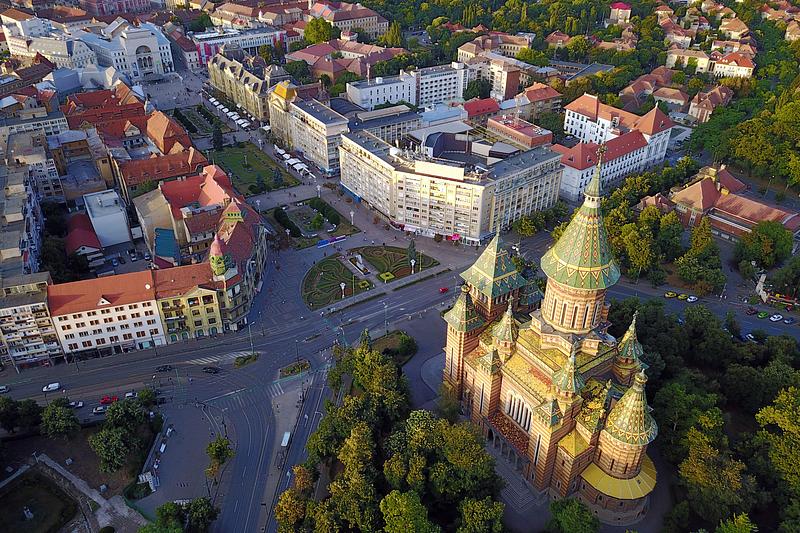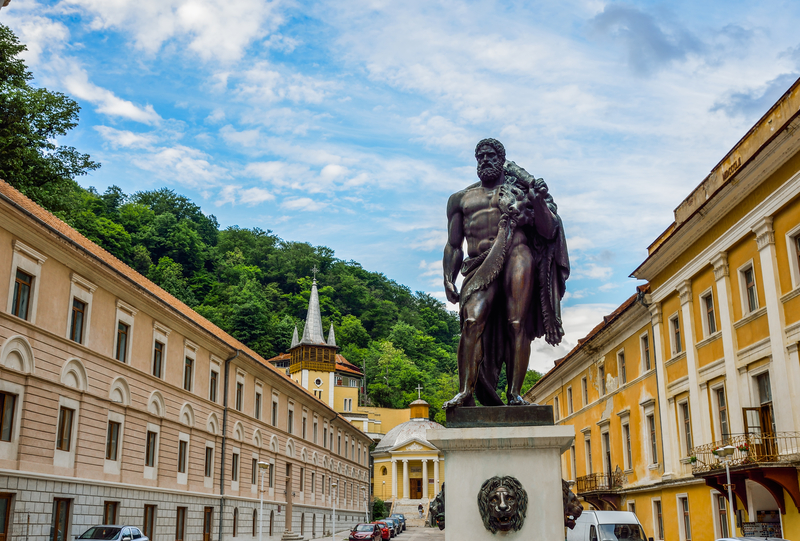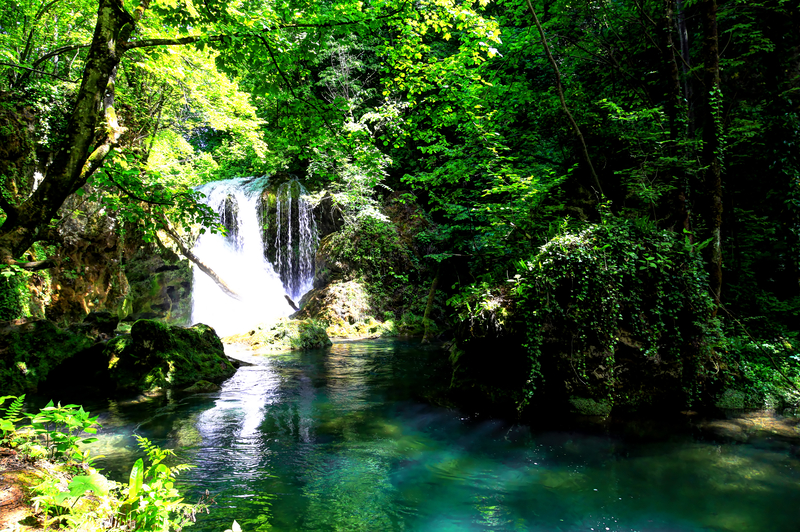Romania travel: Highlights of Banat region

The Romanian part of the region of Banat can offer visitors plenty to see: footprints of a multicultural history, a designated European Capital of Culture, and impressive nature parks. We outline below some of the top attractions in this part of the country.
The informal capital of the region, Timișoara has been throughout its history a mix of cultures and ethnicities. The German-language newspaper Temeswarer Nachrichten was printed here in 1771, and the city, a designated European Capital of Culture in 2023, still has three state theaters of three different languages. Layers of Ottoman and Habsburg history await to be discovered in the city, starting with Unirii Square, standing out with its Baroque architecture. St. George's Cathedral, dating back to the 18th century, towers over the square, where the Baroque Palace, hosting the Timisoara Art Museum, is also found. The museum hosts Romanian and European art, and a collection of works of Romanian painter Corneliu Baba. Also in the market is an ensemble of buildings belonging to the Serbian Episcopate, another clue of the multiethnic makeup of the region.
Nearby is the Theresia Bastion, the only one still standing of the nine of the fortress built in the city between 1732 and 1761, and demolished in the early 20th century. Today it houses event venues and the National Museum of Banat.
Another impressive buildings in the city, testimony of its centuries-old history, is the Huniade Castle, erected in a first form starting with the 14th century and owing its current look to works undertaken during the 19th century. It is not open for visitors as it has been closed for planned refurbishment works for some time.
In the city's Liberty Square (Piața Libertății), lined up with historic buildings of military use, archaeologists discovered, at the end of 2013, the ruins of an Ottoman bathhouse believed to be 400 years old. In 2015, the local authorities decided to cover up them up to aid in their preservation and put up instead signposts alerting of its presence.
To brush up on the city and country's recent history, a must-see is the Revolution Memorial Museum, displaying documents and items related to the 1989 Revolution. Timișoara has been referred to as "the first free city" as the 1989 Revolution started here. More about Timișoara here.
A spot in Banat that has been getting attention for its architectural heritage in need of refurbishment is Băile Herculane. Documented since the Roman period, it saw its heyday during the 19th century, when it was visited not only for its thermal springs but also for cultural and leisure options. The highlight of the city's historical part is the ensemble made up of the Neptune Baths, the Casino, and the Traian and Decebal Hotels. Starting with the 1970s, new facilities were built in the resort, fashioned according to the architectural demands of the time, and the historic buildings were abandoned. An initiative of a group of architecture students, Herculane Project, aims to save and revive the city's patrimony, making the resort a more attractive spot for visitors.

Banat is also home to Gărâna, the village where an open-air jazz festival has been taking place since 1997. The event is one of the largest of its kind in South-Eastern Europe, with a lineup featuring big names of jazz music. Over the years, Eberhard Weber, Mike Stern, Jan Garbarek, Charles Lloyd, Jean-Luc Ponty, Stanley Jordan, John Abercrombie, Miroslav Vitous, Zakir Hussain, Magnus Ostrom, Bugge Wesseltoft, Lars Danielsson, Avishay Cohen, Nils Petter Molvaer, and many others performed in Gărâna. The festival location is close to the Semenic National Park, a protected area of forests, lakes, and rivers, which can be explored on foot or by bike.

Part of Banat's history is the Germanic group of the Swabians (şvabi in Romania), who settled the area after it became part of the Habsburg empire. Some of the villages around Timișoara are the places to trace that history, and a standout among them is Charlottenburg. Known for its round shape, it is one of the first localities in the country developed according to an urban plan. More about the village here. Nearby is another location where the Swabians settled - Altringen, a village named after count Karl Ignaz Clary-Aldringen, a civil governor of Banat. In the area, tourists can also see what is left of the Șoimoș Fortress, built in a first form towards the end of the 13th century, on the bank of the Mureș river.

Fans of long walks in nature will find spectacular nature parks in Banat, offering plenty of tourist trails crossing picturesque areas. Among them are the Semenic - Cheile Carasului National Park, the Cheile Nerei-Beusnita National Park, and the Domogled – Valea Cernei National Park. Numerous nature reserves add to this, offering visitors the opportunity to discover spectacular gorges, karst lakes, caves, and the area's biodiversity.
(Opening photo: Timișoara by Bogdan Lazar | Dreamstime.com)
simona@romania-insider.com
















